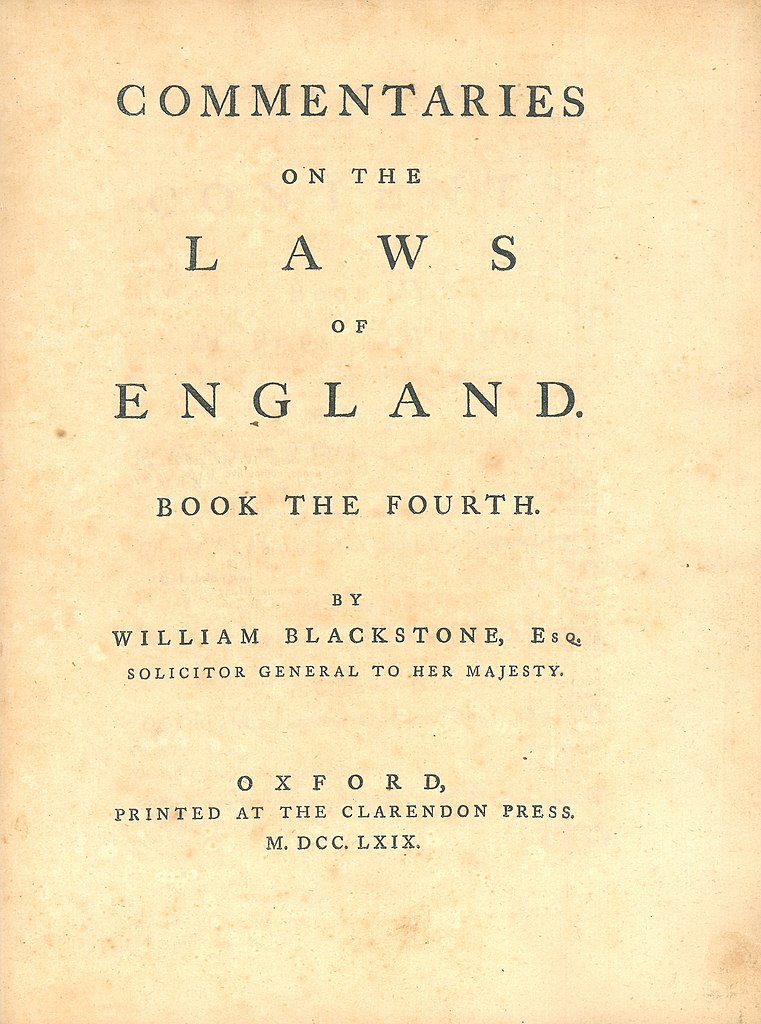The Unsung Hero of Illinois’ Climate Law: Energy Efficiency

Illinois just passed a new, nation-leading climate law — the Climate & Equitable Jobs Act (CEJA) –making Illinois the first Midwest state to require a complete phase out of fossil fuels in power generation. It has been praised as “one of the most environmentally ambitious, worker-friendly, justice-focused energy bills of any state in the country”.
This ambitious, equitable climate package took years of advocacy. The Illinois Clean Jobs Coalition (ICJC) was a key player in that effort, composed of hundreds of Illinois environmental groups, healthcare professionals, environmental justice champions, businesses, community leaders, labor groups, consumer advocates, and faith-based organizations.
Since the bill’s passage, many key pieces of the law have been highlighted – such as the diverse workforce and job as well as decarbonization provisions, utility accountability requirements, and new renewable energy goals – but there is one unsung hero: energy efficiency.
And today, National Energy Efficiency Day, is an important day to highlight why energy efficiency is key – not only in this Illinois legislation – but to all climate policy.
Energy Efficiency is Essential for Combating the Climate Crisis
Energy Efficiency Day is an annual event that highlights the many benefits of energy efficiency. Energy efficiency refers to getting the same or better performance using less energy, and includes measures such as better insulation, lighting, heating and cooling systems, and more. Energy Efficiency Day’s slogan focuses on three of the benefits of efficiency – saving money, cutting pollution, and creating jobs.
Energy efficiency is essential for equitable climate solutions. It is a vital tool for combating the climate crisis and the cheapest way of doing so. Energy efficiency has the potential to significantly cut both energy use and greenhouse gas emissions, and the time to scale up is now. States risk costly, less equitable state policy solutions if energy efficiency is not a focus. Energy efficiency also has critical health benefits, including those related to the prevention of emissions and pollution. In addition, there are indoor health benefits, especially when retrofits are performed with healthy building materials.
Energy efficiency is the largest clean energy job creator in the U.S. and Illinois, with more than 2 million energy efficiency jobs nationwide in 2020, and more than 80,000 energy efficiency specifically in IL in 2020 – making up over 70 percent of the state’s clean energy workforce. There is room for significant growth in the diversity of energy efficiency jobs and the broader clean energy workforce across the country, something that CEJA’s workforce and job provisions will help improve in Illinois.
Illinois Clean Energy Jobs in 2020 from Clean Jobs Midwest
Energy efficiency is also a critical tool for under-resourced communities and communities of color – who are the most energy-burdened, meaning they spend the highest percentages of their income on their energy bills. Specifically, low-income, Black, Latino, and Indigenous households face the highest energy burdens. Energy efficiency can help address and reduce energy burden, especially when paired with other key financial assistance programs and protections, and when programs are designed and targeted for the most vulnerable communities. This is especially important during and following the COVID-19 pandemic when access to affordable, safe power is more vital than ever, and yet utility shutoffs and energy affordability issues are spiking.
Without addressing all the energy wasted in our buildings and homes, including affordable housing – we’ll miss out on critical emission reductions needed to get the U.S. to its climate goals. Most importantly, without including energy efficiency as a foundational solution, we’ll have failed the communities and people that have a right to safe, reliable power and healthy, comfortable homes.
Energy Efficiency in CEJA
Below is a brief explanation of the different energy efficiency and related provisions in CEJA.
- Energy Efficiency Goals Extension Beyond 2030
- Previously, utilities would not have been required to file energy efficiency plans beyond 2030. Under CEJA, utilities will have to file energy efficiency plans indefinitely to meet growing annual savings targets. This will help to promote efficiency measures that last a long time.
- Low-Income or Income Qualified (IQ) Energy Efficiency Spending Increased
- Expands low-income energy efficiency minimum spending requirements.
- Ameren’s requirement increased from $8.35 million to $13 million per year
- ComEd’s increased from $25 million to $40 million per year
- Expands low-income energy efficiency minimum spending requirements.
- Building Electrification Allowable Under Energy Efficiency Programs
- CEJA allows utilities to meet some of their annual energy efficiency goals through efficient electrification measures “that electrify space heating, water heating, cooling, drying, cooking, industrial processes, and other building and industrial end uses that would otherwise be served by combustion of fossil fuel at the premises, provided that the electrification measures reduce total energy consumption at the premises”.
- Requires that at least 25{2099cc1b97d4d5af6b378c51833a8c0e04bb5da587377bd6b2cb473fa3104767} of all electrification savings come from IQ customers.
- Large Customers No Longer Exempt, Option to Opt-Out
- CEJA removes the former exemption of large (over 10 MW) customers and replaces it with an opt-out provision.
- Large, private customers who want to take advantage of electric efficiency programs may now do so – but also have the option to opt-out of each plan cycle.
- All large public customers are automatically put back in the programs again (e.g. federal, state, & municipal buildings) and are not eligible to opt-out.
- IQ Health and Safety Funding
- Requires utilities to spend 15{2099cc1b97d4d5af6b378c51833a8c0e04bb5da587377bd6b2cb473fa3104767} of their IQ budgets on health and safety improvements to help address issues found while installing energy efficiency measures in homes of families with low incomes (e.g. wiring issues, mold, etc).
- IQ Whole Building Work
- A minimum of 80{2099cc1b97d4d5af6b378c51833a8c0e04bb5da587377bd6b2cb473fa3104767} of the low-income or IQ energy efficiency spending must be spent on whole-building retrofits..
- Program Coordination for Under-Resourced Families
- Requires bundling of low-income efficiency programs with other programs (e.g. Solar for All/low-income solar, energy assistance, and weatherization) that serve low-income single-family and multifamily households.
- Requires targeting of customers with high arrears with energy efficiency.
- Low-Income Energy Efficiency Accountability Committee
- Modifies requirements around the Low-Income Energy Efficiency Workgroups – now referred to as the Low-Income Energy Efficiency Accountability Committee.
- Ensures the Committee is equitable and accessible, has more leadership from community-based organizations, includes Illinois Commerce Commission (ICC) oversight, and has a dedicated budget funded by the utilities.
- Building Energy Stretch Code
- Most municipalities were prohibited from adopting building codes more stringent than the state code. That’s no longer the case thanks to CEJA’s requirement to create a statewide stretch code for both residential and commercial buildings, which municipalities can opt to adopt.
- Workforce & Jobs
- The former Illinois climate law, the Future Energy Jobs Act (FEJA) established important workforce provisions on the solar side. CEJA expands on these workforce provisions to cover all clean energy jobs – including energy efficiency.
- Overall the law dedicates more than $80 million per year for workforce and contractor development programs targeted in equity-focused communities.
- Financing
- CEJA includes an Equitable Energy Upgrade Program – established to permit customers to finance energy efficiency upgrades through their utility bills.
- It is important that financing doesn’t take the place of fully subsidized IQ energy efficiency programs and weatherization services for residents with lower incomes. NRDC and partners plan to ensure consumer protections are put in place during implementation of this new offering.
- Consumer Protections
- Prohibits late payment fees and customer deposit requirements for households with lower incomes.
- Requires utilities to report disconnection, reconnection, deferred payment arrangements, deposits, and arrearage data by zip code on a monthly basis.
- Directs the ICC to study low-income discount electric rates.
What’s Next
The passage of any piece of legislation is just the beginning of a policy win, and the success of CEJA can’t stop with the Governor’s signature. Pritzker’s pen marks the start of a critical new phase – implementation and enactment of Illinois’ new, ambitious climate law, including the energy efficiency provisions.
- ComEd and Ameren have new four-year energy efficiency plans that were approved this summer by the ICC, that are set to begin on January 1, 2022. The law requires these newly approved plans, and any future plans, to comply with CEJA. Therefore, advocates will be working to ensure the utility plans are updated to meet the relevant energy efficiency pieces of the new law before the end of this calendar year.
- Many of the energy efficiency implementation conversations will take place through the Illinois Energy Efficiency Stakeholder Advisory Group, the newly updated Low-Income Energy Efficiency Accountability Committee, and at the ICC. NRDC and its partners will be active in all of these processes.
- Illinois residents that are ComEd or Ameren customers should look to their utility’s energy efficiency website for updates in program offerings starting January 1.
Energy efficiency is an essential component of the Climate Equitable Jobs Act. It is “the heart of a clean energy future”, and a critical piece to ensure equitable climate solutions in Illinois and beyond.



